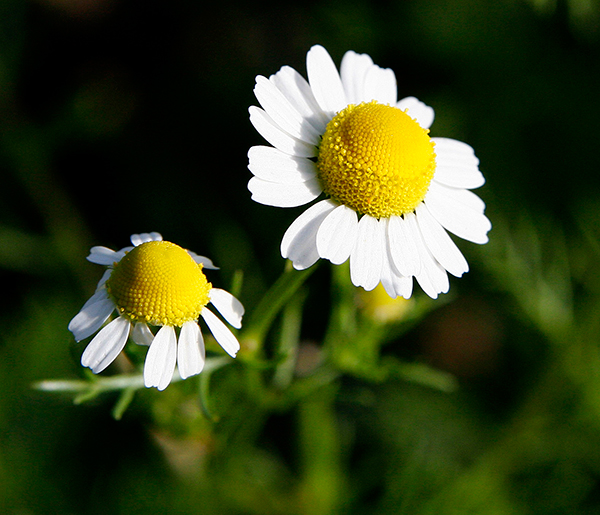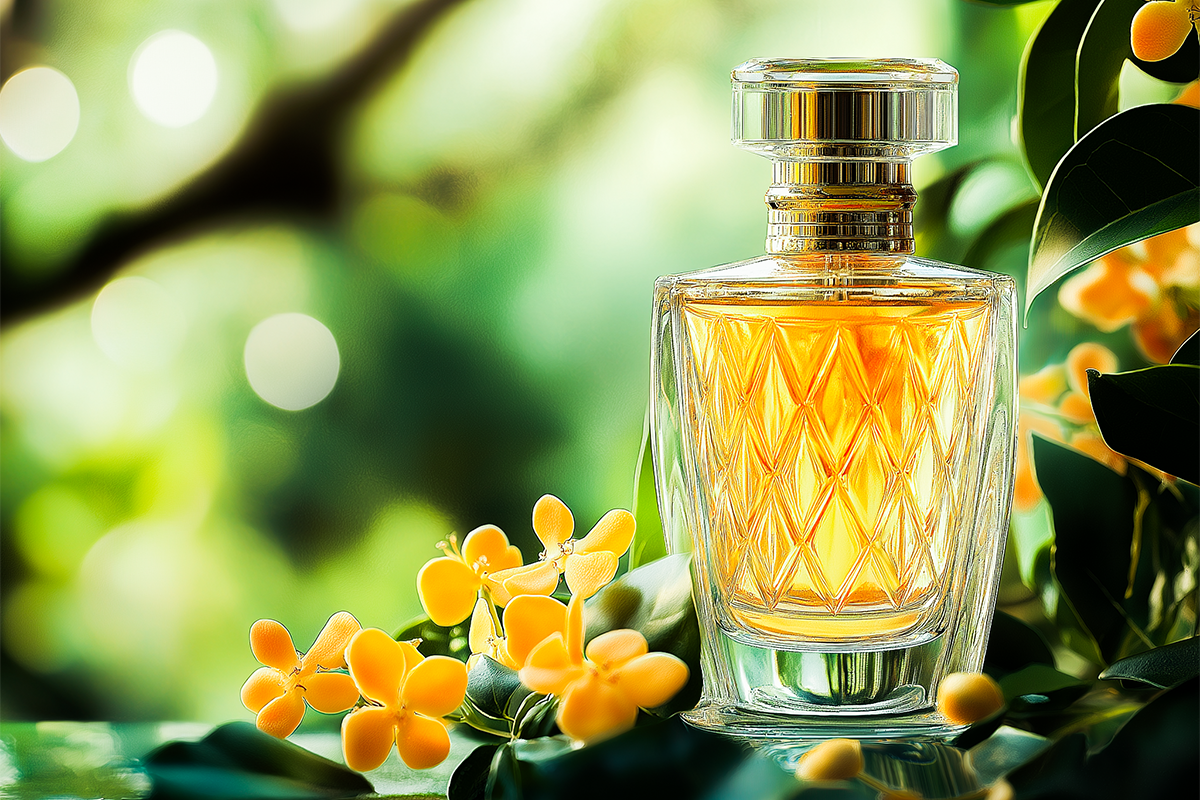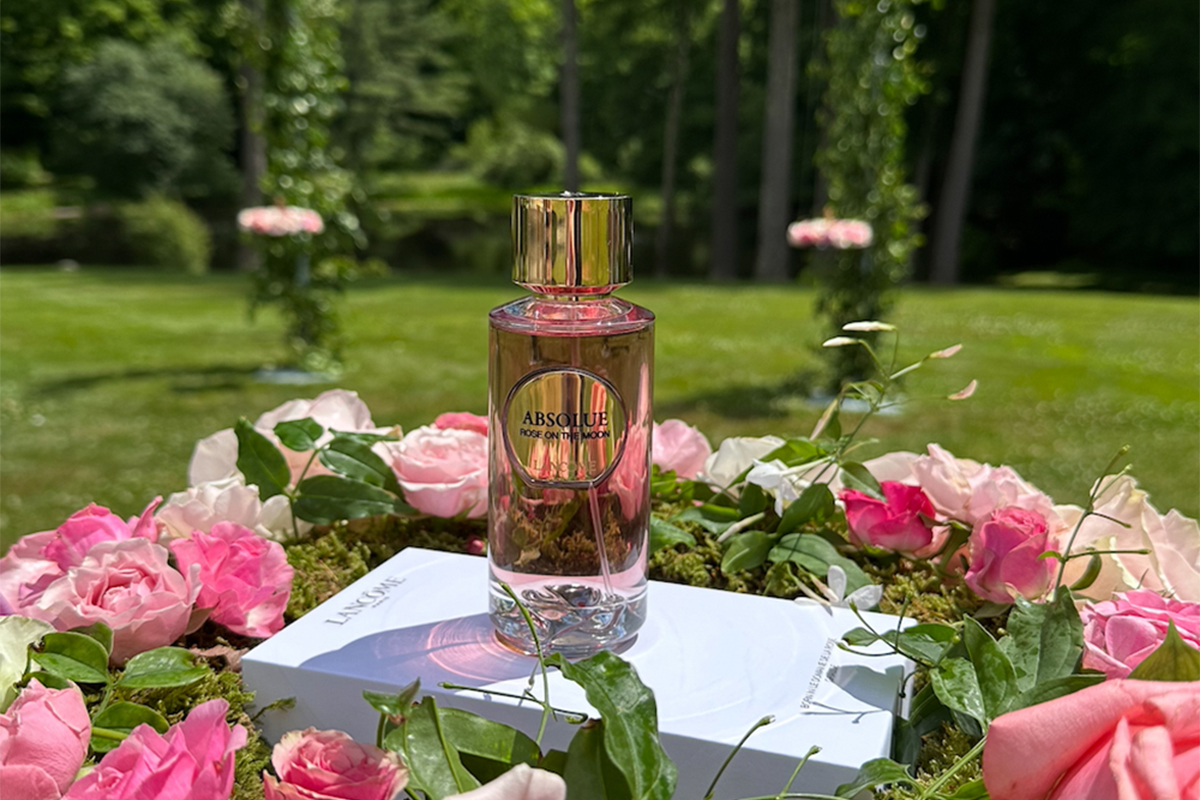Some fragrance ingredients are all about glamour and extravagance. Others, like chamomile, rely on their unyielding yet gentle force of persuasion
Chamomile might just as well be the most recognised medicinal herb in the world. Its soothing qualities are most often appreciated as an herbal tea, but the delicate flower has also been widely employed in perfumery.
Surprisingly not all herbs sold under the name chamomile are derived from the same plant. Instead, chamomile is simply a common name used for several daisy-like plants that are valued for their medicinal and cosmetic applications. Of all chamomiles, those most commonly used in medicine and cosmetics are named German chamomile and Roman chamomile.
Chamomile, as so many other common perfume ingredients, boasts a long and notable history. The flower was utilised extensively in the ancient civilizations of Egypt, Greece and Rome for medicine, cosmetics and a flavouring agent. Although the name Roman chamomile suggests a history dating back to the antique era, it is in fact the German variety which has been used for a longer period of time.
Essential Aromatic
The very name of the flower is in fact linked to its aromatic properties. The word chamomile is derived from the Greek name kamaimelon, which literally means ‘ground apple’. The fragrance of chamomile indeed resembles the scent of ripe green and yellow apples, with an added twist of hay-like softness.
The pleasant fragrance of chamomile has always been closely linked to its medicinal properties as a stress-reducing and sleep-inducing herb. A well-known traditional cure to insomnia consists of creating a pillow out of chamomile flowers, from which subtle scent emanates leading the distressed patient to a deep and seducing sleep. In the unhygienic era of the Middle Ages, chamomile was also commonly spread on the ground for large gatherings, so that the flowers would release their fragrance when trodden upon.
Between the two main varieties of chamomile, the German species has a stronger aroma. Especially the essential oil distilled from the flower heads results in an intoxicatingly intense apple-scented concoction, which can easily be used to give a pleasing fruity touch to perfumes and other cosmetic products. In addition, the German chamomile has a slightly smoky scent, which can lead to wonderful combinations when paired with notes of aromatic woods.
Compared to the German chamomile, the aromatic profile of the Roman variety is of a warmer and sweeter quality. It can be combined to a great success with a number of floral and fruity scents, such as jasmine and peach. Roman chamomile can also help to link together citrusy notes with fruity and floral scents with its subtle and calming fragrance. While the German variety has a more enduring aroma and can thus be applied in top, middle and even base notes, the Roman chamomile is more suited for top notes due to its fleeting character.
The Chameleon Chamomile
Judging by chamomiles deceptively simple looks, one would never guess just how versatile a note the flower truly is. In fact it is precisely the ethereal and sophisticated nature of chamomile which makes it easily adaptable to a range of different moods.

For generations, loving mothers have nurtured their children with chamomile tea for a variety of ailments. This is why the very scent of chamomile often evokes a lucid sense of the innocence and purity of childhood. Try for example Petits et Mamans by Bvlgari, created in 1997 by Nathalie Lorson.
This alcohol-free fragrance is composed only of the gentlest ingredients, making it especially suitable for young children and people with a sensitive skin. The opening notes of orange, bergamot, and rosewood create a harmonious prelude for the following gentle swifts of chamomile and sunflower. The incredibly calm and homey impression slowly wafts into a cushion of powdery vanilla and peach.

Make no doubt about it; Petits et Mamans is a soft fragrance comfortable enough to fall asleep to. Do not be fooled to think chamomile is all about childishness, however. The smoky, apple-like character of German chamomile also blends surprisingly well into darker and more mature perfumes. Take for example Moss Gown by Providence Perfume Co. This chypre fragrance developed in 2012 by Charna Ethier captures a feeling of a late summer evening in the fields of Provence. Moss Gown opens with a moderate note of chamomile and sunflower against a cedar background. Slowly, as a summer’s setting sun, the warm cedar gives way to cooler floral notes of lilac, rose, and boronia, all the while chamomile carries on the memory of the last rays of light. Gradually, long after the crisp floral notes have faded out, a base of cedarmoss and sandalwood emerges, while the note of chamomile still lingers on as an echo of the past. With just a few simple strokes Moss Gown manages to capture in a bottle the impression of a perfect summer day.
Keeping in mind the subtle character of chamomile, oriental perfumes seem like the last place to find a successful chamomile fragrance. Yet even among this perfume genre that often relies on hefty mixtures of bold scents, the ever-so-gentle chamomile seems to thrive.
The surprising perfume in question is The Sands of Aqaba launched by Miriam Mirani in 2007. The fragrance created by Vito Lenoci begins with a sprinkle of coriander and cardamom before an intriguing floral front of iris, chamomile, and geranium takes over. Chamomile creates a calming balance with the exotic note of geranium, with the spicy middle notes popping up every now and then. After a while the floral and spicy notes morph into a base of tuberose and smoky frankincense with perfect ease, leaving behind a haunting image of untamed beauty buried deep within the desert sands.










Add Comment